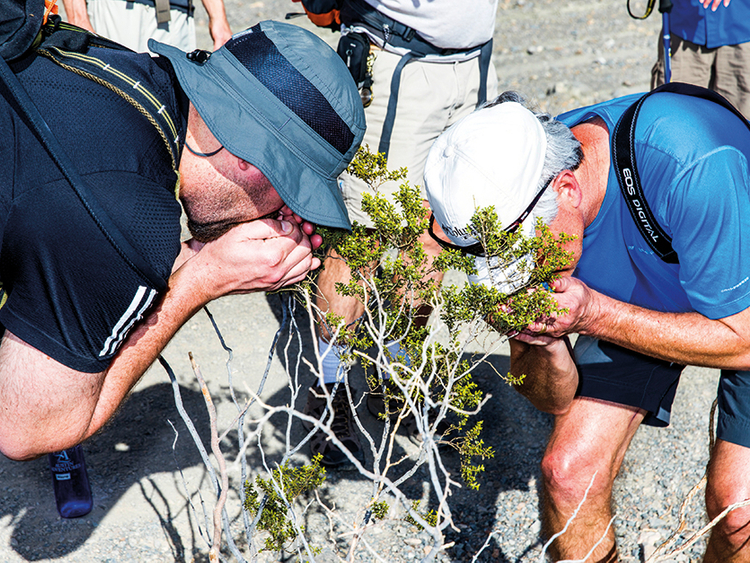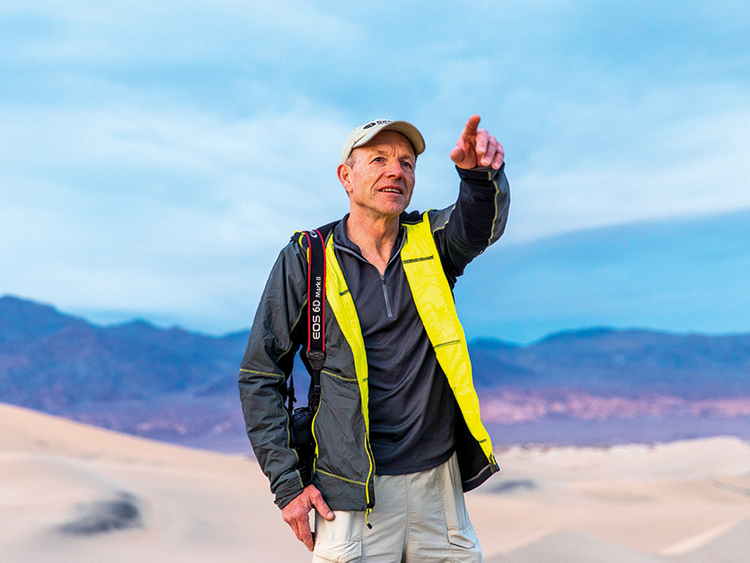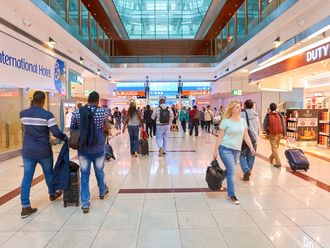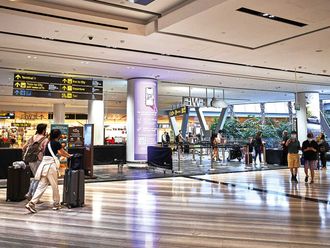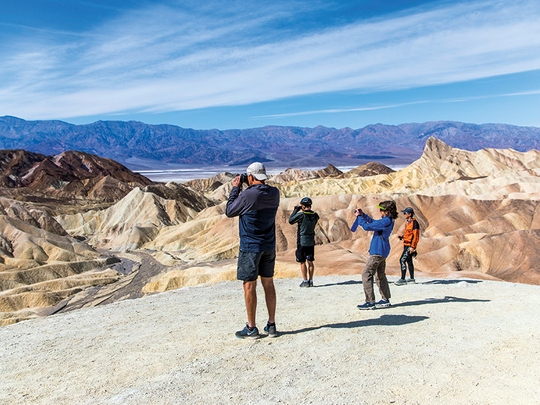
It’s a new kind of bucket list item that’s known informally as “last chance travel”. Cuban street life fits into the category. So do African black rhinos and glaciers around the world.
As local cultures and natural habitats are transformed by globalisation, technology and climate change, a growing number of travellers want to experience them before they are irrevocably altered or vanish.
Amit Sankhala, the owner of Encounters Asia in New Delhi, has been guiding travellers, mostly from America, for the past 14 years. Now, he said, more of his clients are expressing the desire to see a place or a certain animal species before it’s too late. They’re “more and more conscious that things are disappearing”.
Dan Austin, owner of the travel company Austin Adventures, said he fielded questions almost daily on the state of glaciers in Alaska, the Canadian Rockies or Glacier National Park. The number of glaciers at Glacier National Park is down to 26, from about 150 in 1910, when the national park was created.
That’s the kind of statistic that keeps Ken Lyons of Ridgewood, New Jersey, travelling to ecosystems on three continents. At Exit Glacier in Kenai Fjords National Park in Alaska, physical markers show the glacier’s retreat each year, and “as you walk up the trail the signs just get farther apart because a larger amount is melting each year,” Lyons said.
This year, Lyons travelled to Death Valley in California to see the biodiversity there and the night sky, which is famous for stargazing. “You never know how things are going to change,” he said.
Travelling to places that are threatened can help people understand what is at risk, said Sally Jewell, who was interior secretary under President Barack Obama. During her tenure, National Parks superintendents were asked to create plans to address the impact of climate change on their parks.
The plans included ways to adapt, like building berms to reduce flooding risk that had increased because of climate change, and mitigation, like reducing the parks’ carbon footprint by installing solar energy. The superintendents were also asked to tell visitors about changes at their parks.
The educational component is important, Jewell said, because shifting climate conditions at significant US locales like Sequoia National Park, Joshua Tree National Park and Glacier National Park are endangering the very things those parks are named for.
Andy Biggs, who has led photographic safaris in Africa and other remote places for 15 years, said that while some of his clients are looking for a photographic trophy, others want the chance to experience the destination the way it is now. They want to see pristine places and threatened species, Biggs said.
A survey of visitors to the Great Barrier Reef, off the coast of Australia, found that nearly 70 per cent said their desire “to see the reef before it’s gone” was the primary reason for their journey.
Marilyn and Paul Schlansky said they liked to travel off the beaten path to destinations like Myanmar and Mongolia, where the cultures are changing. “It’s hard to predict when something will disappear,” Schlansky said. “You’re not sure how much is changing until you show up.”
On trips with the travel company Overseas Adventure Travel, the Schlanskys have gone on “Day in the Life” excursions that included making yoghurt tea in a yurt, collecting dung for fuel and weaving. Local tour guides also take time to point out how modernity is creeping in, seeing how, for example, plastic water bottles have been collected and used as building materials.
Travellers want to do more than witness the habitats and ways of life that are changing, Sankhala said, so they seek out immersive experiences like eating in someone’s home rather than in local restaurants.
“They don’t want to just look at a monument,” he said. “They want to meet people attached to the history of that monument.”
Melissa Bradley, who runs the boutique travel agency Indagare in New York, said she has taken small groups to destinations including Namibia, Rwanda, Bhutan and Madagascar. “It’s magical to feel like an explorer and that’s a harder experience to come by now.”
When a new destination opens or gains popularity, some travellers want to visit, before others discover it and change the destination’s flavour, she said.
Bradley said she took a group to Iran. “People would come up to us on the street to ask about our lives and talk about their own,” she said. Going to a place where authentic exchanges between cultures are still happening is a prize for travellers, she said.
Crowds can descend quickly. The number of foreign visitors to Iceland grew to about 1.8 million from about a million between 2014 and 2016, according to the Icelandic Tourist Board. About 4.7 million tourists visited Cuba in 2017, a significant increase over the previous year, despite hurricane damage in September.
Austin said his clients want to get to Cuba “while it’s still kind of raw.” Bradley said that “some people feel like they already missed it.”
While heaps of tourists can hasten a natural area’s decline, Sankhala said tourism can be an important source of revenue in isolated areas. Tourists interested in remote destinations are typically also the kind who want to visit in a way that still promotes “conservation, sustainability and a low carbon footprint,” he said.
Countries can also control the number of visitors and their impact. Costa Rica’s ecotourism industry is a great example of this, Austin said. “They use their popularity to bring in funds while still preserving habitats and ecosystems.”
“We have seen a huge increase in the number of people travelling to places on the cusp of great change,” Bradley said.
New York Times News Service


